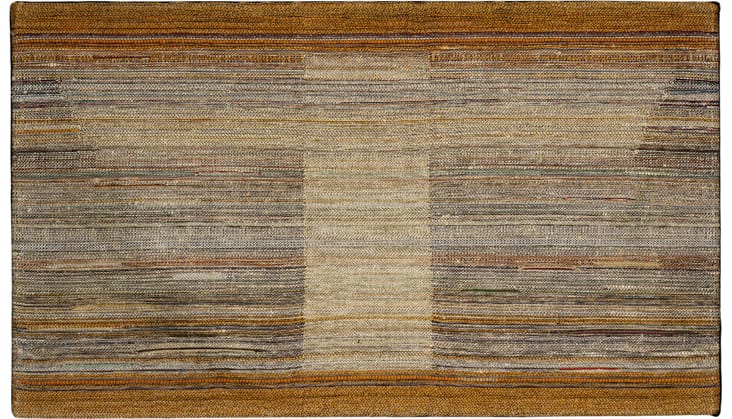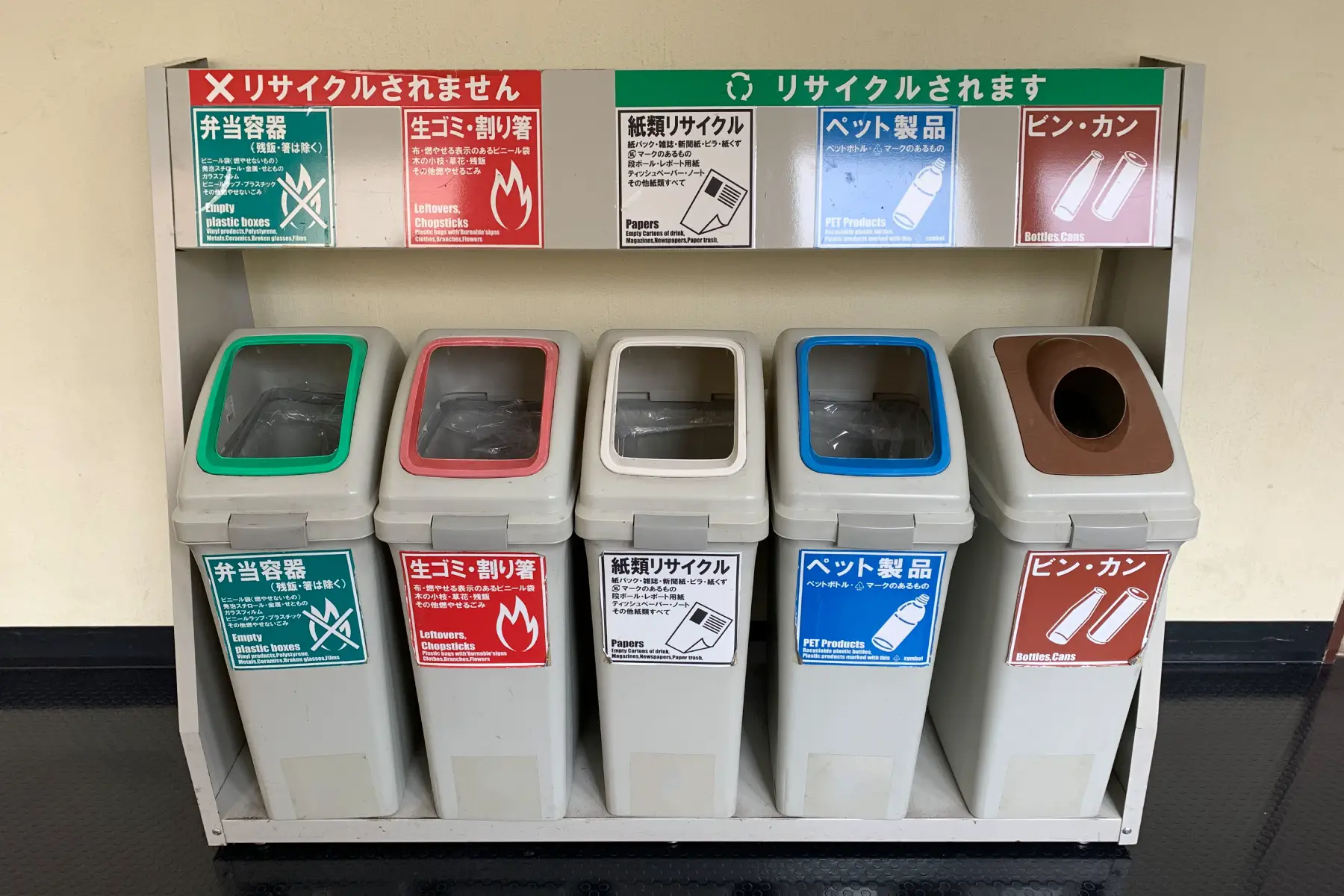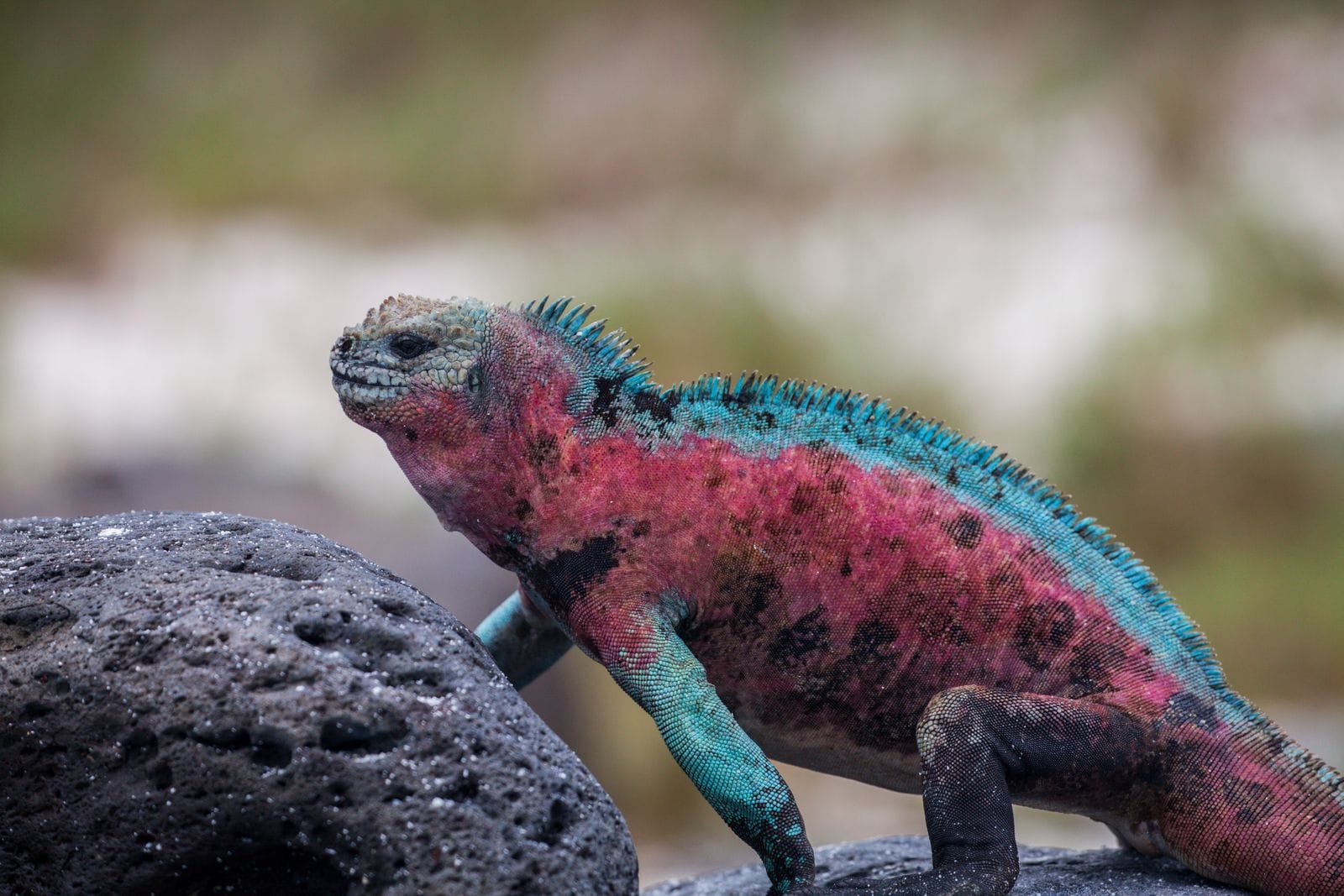Friday, August 9, 2024

Good morning, and welcome to the second Wolmania of August 2024. Please note that this publication has been Team Walz since 2023. Read on as I weave a beautiful tapestry of newsletter items.
Item 1: a link

Recently happened upon something like this piece (a design for jacquard) in the basement museum after a (highly recommended!) tour of the Villa Tugendhat in Brno, Czechia, and decided to learn a little more about the artist:
Annelise (Anni) Elsa Frieda Fleischmann began studying at the Bauhaus in 1922, where she met her husband Josef Albers, who was head of the school’s glass workshop. Anni Albers had originally wanted to study glass, but she was prevented from doing so, and so after the school’s move to Dessau she entered Gunta Stölzl’s weaving workshop. In 1933, she and her husband emigrated to the USA, where she made her name as a textile designer. She had a solo exhibition at the Museum of Modern Art in New York in 1949, and in January 2019 a four-month-long retrospective of her work ended at the Tate Modern in London.

The Thread, a blog associated with an online fabric store, has a surprisingly good and thorough summary of Albers's life and influence:
When it comes to 20th century pioneers, Anni Albers is the quietly tenacious artist who defied all expectations, blending technical mastery with Modernist abstraction to revolutionise the ancient craft of weaving into an art form in its own right. Pointing to the rigid divisions between fine and applied arts in her later years, she wrote, “I find that when work is made with threads, it’s considered craft; when it’s on paper, its considered art.” At a time when women’s contribution to the arts is being revisited, Albers’ hugely prolific practice has been celebrated with several recent large scale retrospectives, confirming her position as one of the most innovative and influential artists of the 20th century, instrumental in defining the term ‘textile art’, leading the way for the world’s artists and designers of the future.
It still doesn't seem like Albers has gotten her due as an artist, but I think she's great! Click on all the links to read more about her and see a ton of cool textile art.
Item 2: a list

Japanese waste material categories, ranked:
- Cans (カン, kan)
- Electronics (電化製品, denka seihin)
- Glass bottles (びん, bin)
- Oversized waste (粗大(そだい)ごみ, sodai gomi)
- Clothes (服, fuku)
- Recyclable paper (古紙, koshi)
- Burnable waste (燃えるごみ/可燃ごみ, moeru gomi/kanen gomi)
- PET bottles (ペットボトル, petto botoru)
- Plastic materials (プラスチック, purasuchikku)
- (食品廃棄物, shokuhin haiki-butsu)
- Non-burnable waste (燃えないごみ/不燃ごみ, moenai gomi/funen gomi)
Item 3: a media recommendation
Orville Peck & Molly Tuttle & Golden Highway - Papa Was a Rodeo
Item 4: word of the week
Weft
The Harris/Walz campaign is stooping to a new low this week, introducing new official campaign-branded denim jackets woven with a weft recycled from old sofa upholstery. Former Attorney General Bill Barr denounced the tactic, observing on Truth Social, "[t]hese radical leftists will stop at nothing to smear a good man's name. Why, just yesterday they held a rally in Michigan, a state with several IKEAs. What ever happened to respectful argument and debate?"
Item 5: a photograph

See ya!
Thanks for reading. See you next week, amigos.
Member discussion